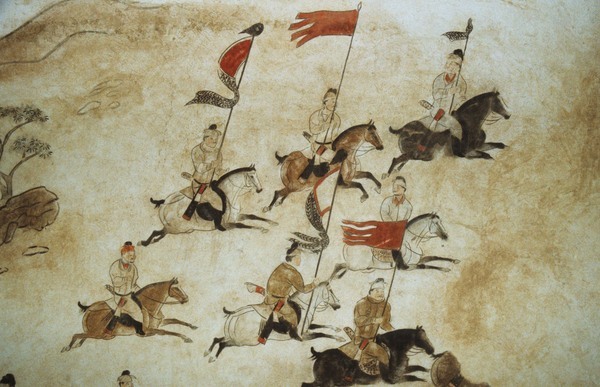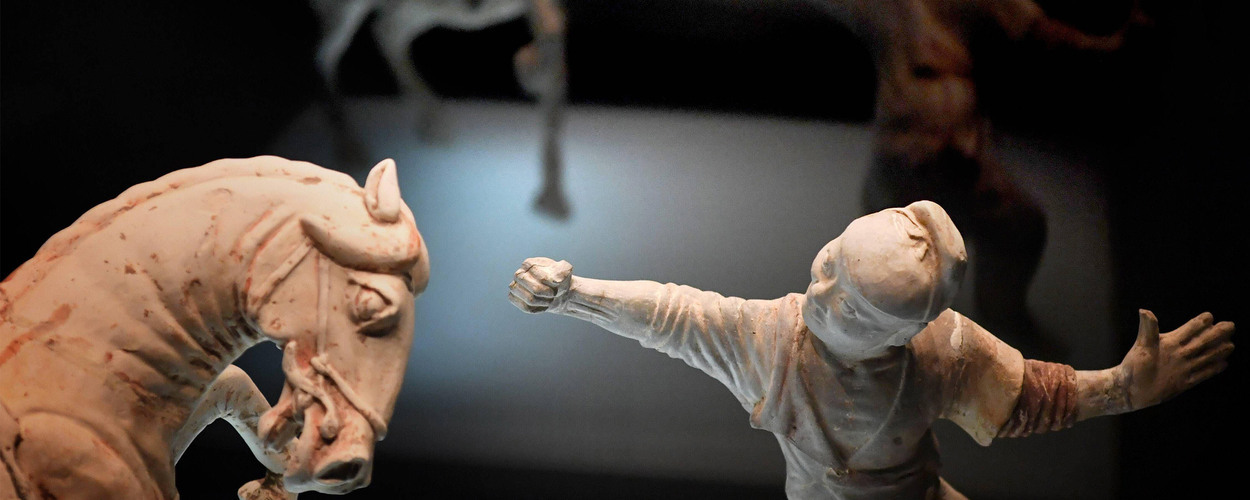Unprecedented quality
For The Princessehof National Museum of Ceramics in Leeuwarden, presenting this exhibition will fulfil a long-cherished wish. From October 26, 2024, to May 25, 2025, an array of high-quality, scarcely loaned artifacts will grace the halls of this museum in Leeuwarden, including earthenware grave goods depicting camels, horses, musicians, merchants, luxurious jewellery, bronze mirrors, elegant porcelain, as well as vessels crafted in gold and silver. Additionally, other discovered items from Luoyang and its surrounding regions, such as the magnificent roof tiles once adorning imperial palaces, will serve as the crowning jewels of the exhibition.
The tomb where both Empress Wu Zetian and her husband, Emperor Gaozong, were laid to rest remains sealed to this day, leaving people to envision the valuable treasures lying beside them, awaiting their use in the afterlife. In contrast, numerous artifacts have been unearthed from the tombs of those connected to the empress, offering fascinating insights for understanding Wu Zetian and the era she lived in. Visitors to the exhibition in Leeuwarden will have the chance to witness the splendour of these artifacts.
There will also be several artifacts from the renowned Longmen Grottoes, famous worldwide, specifically for this exhibition in the Netherlands. Buddhism, introduced via the Silk Road, became the predominant religion in China during Wu Zetian’s rule. The cave, situated near Luoyang, was expanded under the empress’s reign, resulting in the addition of thousands of towering Buddhist sculptures, memorial stones, and pagodas, marking the peak of its grandeur.
Narrating the story of one of the most powerful women in world history through over a hundred Chinese artifacts rarely seen in Europe, the exhibition is anticipated to be one of the most prestigious exhibitions in the history of the Princessehof National Museum of Ceramics. It has received substantial support from the Embassy of China in the Netherlands and the Province of Friesland in the Netherlands.



.png?width=600&height=387&mode=crop&converttowebp=1)

.jpg?width=600&height=387&mode=crop&converttowebp=1)


.png?height=169&width=857)
.jpg?width=360&height=556&mode=crop)